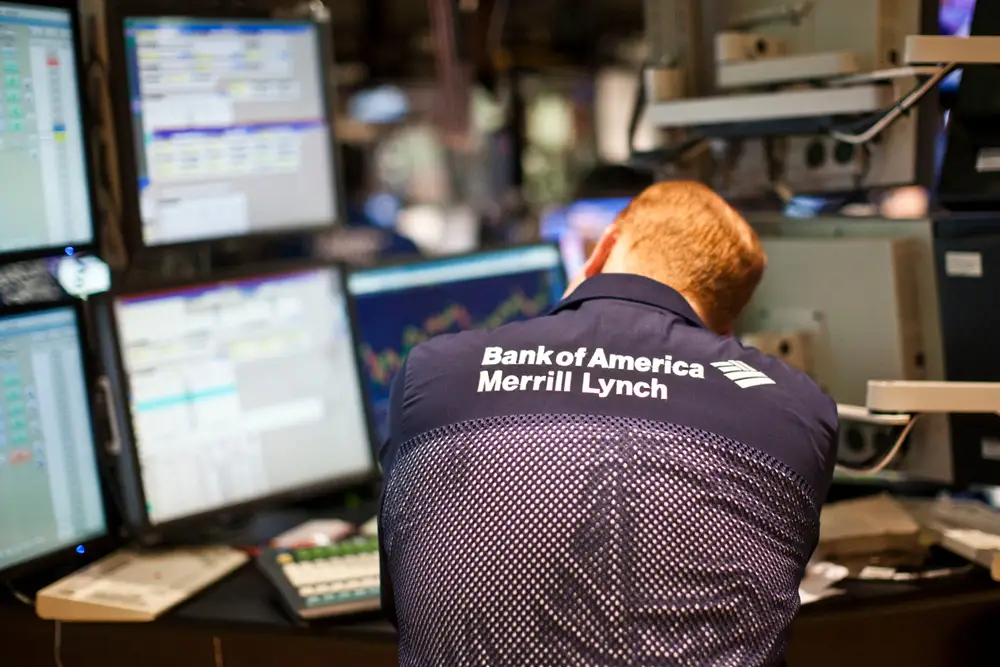Bank of America’s 2025 forecast is rosy but has some caveats. Here’s its outlook for inflation, GDP, and rate cuts.

Things are looking up for the economy next year, according to Bank of America’s forecast for 2025. But there are a few caveats to that projection.
US GDP growth should be stable next year, climbing to 2.5% in the first quarter with an average of 2.3% for the year. On the flip side, inflation is expected to remain sticky, with core PCE, the Fed’s preferred inflation benchmark, expected to come in at 2.8% by the end of 2025. Further out projections show it peaking at 2.9% by the second quarter of 2026. The Fed’s target remains at 2%.
Regarding interest rate cuts, the bank expects three more for this cycle in December, March, and June. After that, they’re done, Aditya Bhave, Bank of America senior US economist, said during the bank’s 2025 outlook call. It would bring us to a terminal rate of 3.75 to 4%, he added.
He noted that the positive surprise in these readings has been strengthening productivity, a trend that has unexpectedly picked up since the pandemic.
“In terms of the structural tailwinds, the key story really is productivity,” Bhave said. “If you go back to 2022, we were growing at 1% with 5% inflation, and we added about 4.5 million jobs that year. So the question there was, has the pandemic damaged productivity? Are people sitting at home and not doing a lot?”
“Those were the sorts of questions we were getting asked. Since then, productivity has accelerated. We’re now on a faster trend for growth rate since the start of the pandemic than we were in the previous cycle, which is really quite remarkable.”
He attributes the trend to a big pickup in new business formations, continued strong capital expenditure, and the building of data centers. However, productivity from AI adoption has not yet shown up, but he expects it to become a contributing factor by the end of 2026; anything sooner would be the icing on the cake, he added.
Easing fiscal policy will be an additional tailwind. Bhave expects an extension of the 2017 Tax Cuts and Jobs Act to be accompanied by extra perks such as bringing back the ability to fully expense capital expenditure, which should show up in the data later next year, he noted.
Tariffs and immigration policies could threaten expected growth
What may offset the tailwinds of growth are tariffs and immigration restrictions, both of which are inflationary, Bhave noted. The good news is tariffs across the board will likely get negotiated down, while others, particularly those against China, are more likely to come to fruition. Aside from policy impact, core inflation is still sticky due to the services sector.
“The point is, there is a risk here that even without policy interventions, we get stuck around 2.5%, and with policy, we could easily move closer to 3%,” Bhave said.
A combination of growth and inflation will mean we should expect a hawkish Fed next year, he noted. December’s rate cut will be the last one before we see policy shifts. The Fed will then move to quarterly cuts, giving it enough time to review inflation data, he added.
“We think there will be enough tariffs announced by the middle of next year that they’ll stop cutting at that point, just to say, ‘let’s wait and see’. Let’s see how the tariffs play out,” Bhave said.






